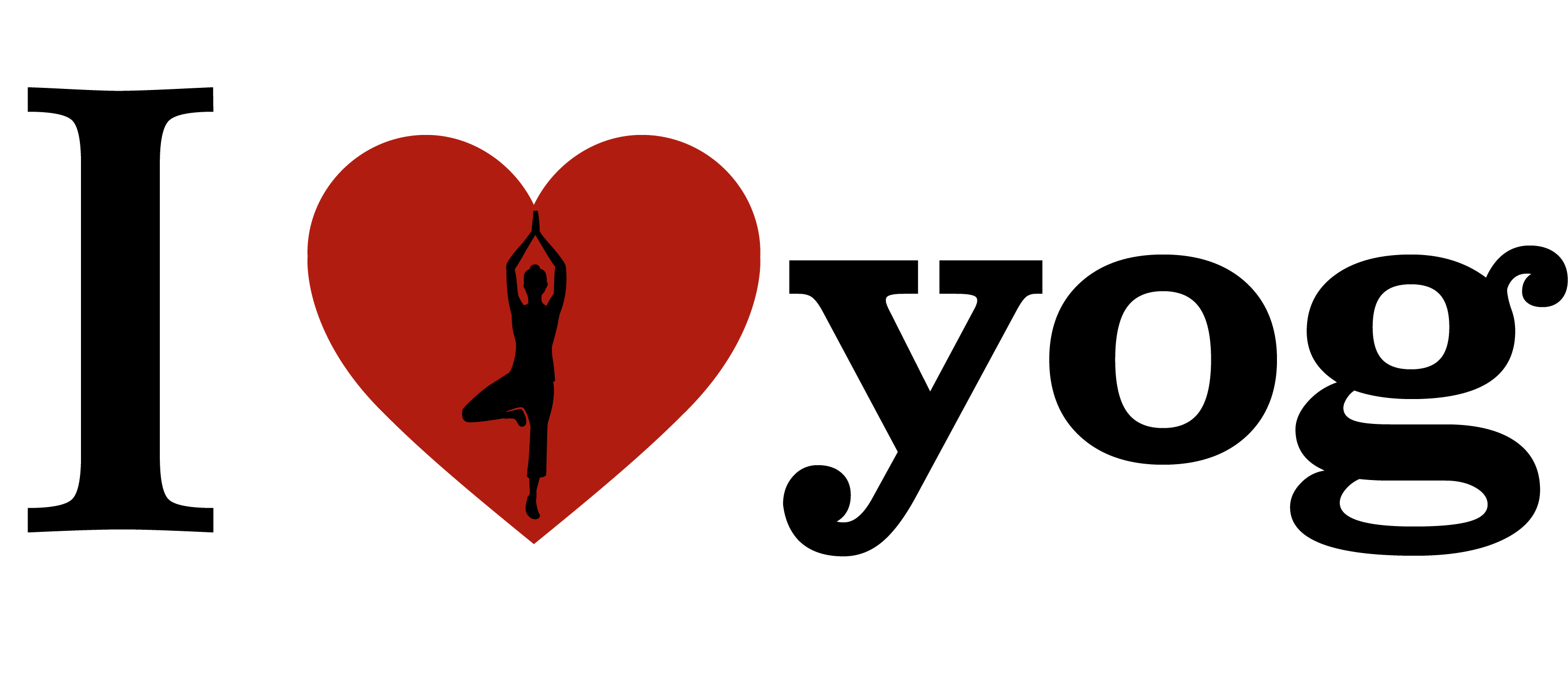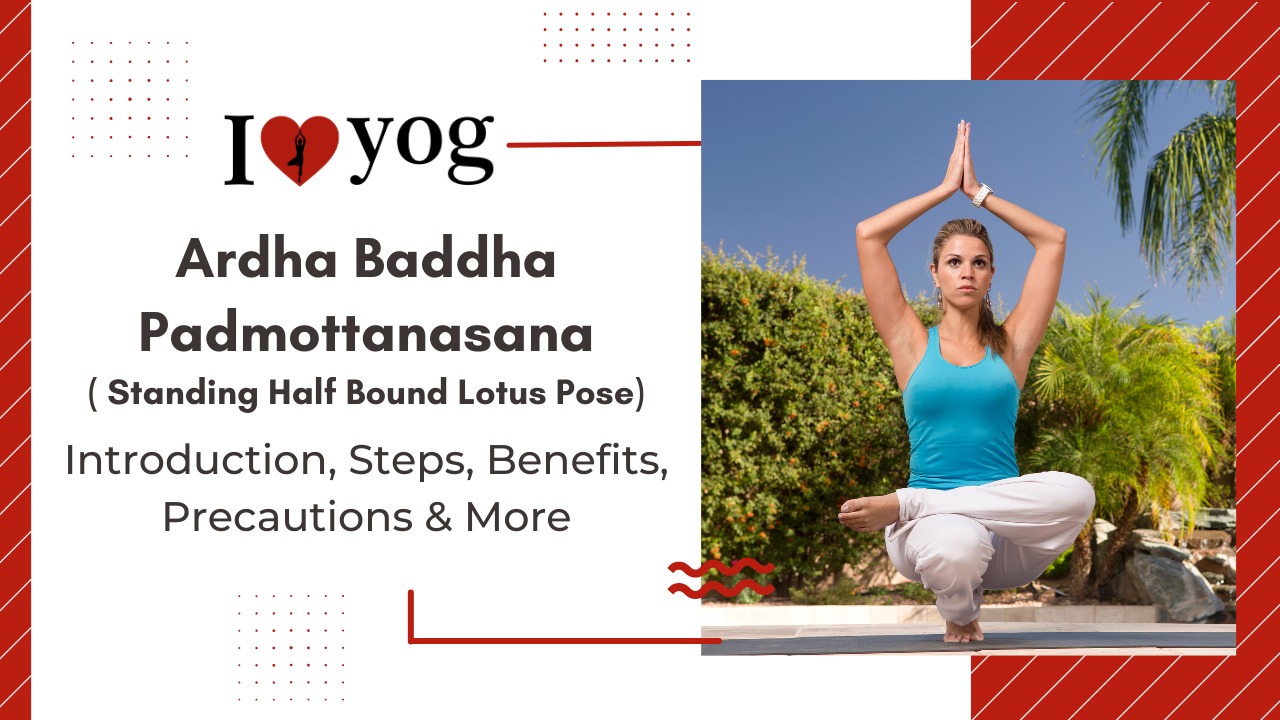What You Should Know Prior to Performing Ardha Baddha Padmottanasana?
Perform this asana with an empty stomach and a clean colon. Your body will have sufficient time to digest your food if you eat four to six hours before your practice. Typically, 10 to 12 hours should elapse between meals and practice; hence, it is recommended to perform this asana in the early morning. However, due to their hectic schedules, several individuals do not exercise in the morning. These individuals can perform yoga in the evening.
Preparatory Poses
- Utthita Hasta Padangusthasana – Extended Hand-to-Toe Pose
- Parsvottanasana – Intense Side
- Stretch Pose
- Parita Padottanasana – Wide Legged
- Forward Bend
- Parivrttha Parsvakonasana – Revolved Side Angle Pose
- Utthita Parsvakonasana – Extended angle position
- Yogasana Level – Intermediate
- Yogasana Style – Standing
- Yogasana Repetitions – Alternately with each leg
- Yogasana Strengthens – the muscles and joints of the leg that is firmly planted.
- Yogasana Stretches – stretches the ligaments and soft tissues of the knee, hip, and ankle joints.
Effect on Tri Dosha by Ardha Badhha Padmottasana
Since the posture helps digestion and stimulates the liver and spleen, it is helpful for pachaka and ranjaka pitta balance. It also balances samana vata and kledaka kapha regarding pachaka pitta. This is further supported by this pose’s ability to balance the solar plexus. The position balances udana vata and avalambaka kapha because it stretches the chest muscles and promotes the function of the respiratory system. It balances the functions of prana vata, sadhaka pitta, and tarpaka kapha since the posture also increases your concentration and focus, calms your mind, and relieves your stress and anxiety, and because this pose has a relaxing and balancing effect on the crown and third eye chakras.
How To Do Ardha Baddha Padmottanasana Yoga Posture/Asana?
- With your arms at your sides, assume Mountain Pose (Tadasana).
- Shift your weight to your left foot and plant it firmly on the ground.
- Bend your right knee up toward your chest while moving slowly. Raise the right foot and place the right heel as high as possible on the front of the left thigh or hip. The bottom of your foot should face the sky, and its top should rest on your thigh or hip.
- If you do not have knee pain, let your right knee to drop. Your bent knee will eventually align with the knee of your standing leg, but you should never force it.
- Maintain your sight on a single point on the floor approximately four feet in front of you. This position is Half Lotus Tree (Ardha Padmasana Vrksasana).
- Affix your left hand to your right foot. Bring each hip forward. Stretch out your spine. Exhale and extend your right arm to the heavens, and then behind your back. Grab your left elbow with your right hand, or grasp your right toes with your right hand.
- Inhale and straighten your left arm. Exhaling, fold forward at the hips as you exhale. Put your left hand on the floor. Concentrate on bringing your forehead to your shin while bringing your chin to your chest.
- Hold for five breaths. With an inhalation, press firmly down with your left foot and raise your torso to an upright position. Unbind your right arm, then place your foot softly on the ground. Return to Mountain Pose (Tadasana) and repeat for the same length of time on the opposing side.
Benefits Of Ardha Baddha Padmottanasana Yoga Posture/Asana?
Below are the advantages of Standing Half Bound Lotus Pose Variation, an intermediate-level balancing pose:
- Strengthens, Stretches, Lengthens: The Standing Half Bound Lotus Pose Variation strengthens the grounded leg’s muscles and joints. The leg bowed with the knees and hips moving outward stretches the quadriceps and pelvic muscles, opens the hips, and stretches the knees and ankles. This external rotation of the hips, knee extension, and strengthening of the muscles and joints of the weight-bearing leg prepares them over time for countermovements in poses such as Utthita Hasta Padangusthasana and Natarajasana, among others.
- Range of motion and pliability: The Standing Half Bound Lotus Pose Variation stretches the soft tissues and ligaments of the knee, hip, and ankle joints, hence enhancing the joint’s range of motion. This enhanced flexibility will enable students to effortlessly go into advanced positions such as Half Lotus Tip Toe Pose, Goddess Pose Arms Side Palms Up, and a host of others.
- Chest, Diaphragm, and Breathing: The binding action of the arm wrapped around the waist keeps the chest active and broad by supporting the shoulders, arms, upper abdomen, rib cage, and breathing muscles (intercostal muscles). With all of these muscles engaged, respiration is automatically enhanced, and with enhanced breathing, pulmonary function is enhanced. In some difficult positions, the use of breath plays a significant role, and practising it in less difficult poses prepares the practitioner for these poses. In addition to the hand in a bind, the Standing Half Bound Lotus Posture Variation is a balancing pose; hence, a consistent breathing pattern will assist in maintaining balance for a longer period of time.
- Consciousness and Concentration: Gazing at a single spot, being mindful of the knee and ankle joints, and binding the hand behind the back helps to maintain a tall spine while focusing on the breath helps to maintain balance in the pose. It promotes mindfulness and, with time, helps build confidence in other difficult poses. Consequently, a fantastic activity for children and adolescents.
- Alignment and Posture: Balancing in the pose while placing the foot in the groyne, the outward movement of the hips and knees, the grounding action of the five toes with all five toes pointing forward, and the bent knee pointing towards the floor with the drishti fixed at any point in front aid in completing the pose for the greatest benefit. With continued practice, the spine elongates, which aids in maintaining better posture and strengthens the legs, hips, and knees, hence minimizing pain and arthritis issues.
- Energizing, De-stressing, Relaxing: In this balancing pose, with most of the joints and muscles engaged, the mind is focused on bringing stability to the posture, so achieving body-breath-mind equilibrium and a sense of inner serenity. This mindfulness lowers blood pressure and alleviates mental tiredness. Therefore, it can aid in overcoming anxiety-related problems.
- Balance and Emotions: This pose cultivates greater awareness and mindfulness, which has enormous advantages for mental and emotional wellbeing. This position can be used into attentive and gentle yoga sequences.
- Others: Since the Ardha Baddha Padmottanasana Variation focuses primarily on the legs and hips, a magnificent strength and stability combination can be incorporated to warm-up yoga sequences for runners, athletes, climbers, youths, and children who participate in active sports. Pregnant women and senior adults with strong knee and ankle joints can exercise this.
Contraindications And Precautions Of Ardha Baddha Padmottanasana Posture/Asana?
Listed below are the precautions to observe before performing Ardha Baddha Padmottanasana Variation.
- Injury and Surgery: Because Standing Half Bound Lotus Pose Variation puts pressure on the knees, ankles, and toes of the grounded foot, students with a history of joint-related injuries or who have recently undergone joint-related surgery should avoid it entirely. In addition, students with injuries to their hips, legs, rib cage, hamstrings, lower back, visceral organ problems (damage to internal organs and tissues), or who have just undergone abdominal surgery must avoid this position.
- Physical Strength and Physical Weakness: Students with gentle body weakness or a weak or brittle bone, especially the seniors, should avoid such balancing practises. The same goes for students with physical illness (not fully recovered from a long illness), high blood pressure, dizziness, vertigo, heart-related issues, or pain in the lower back, hips, knees, or ankles.
- Others: Although senior persons can perform this position, care must be taken to provide them with precise directions. Initially, wall or chair use should be promoted. In pregnant yoga sequences, care should also be made to avoid maintaining the posture for too long.
Science Behind Archer Posture/Asana?
The Half Bound Lotus Standing Position is an intermediate-level pose ideal for promoting back health and joint stability. It promotes normal back alignment, hence reducing back discomfort and arthritic issues. Simultaneously, it lengthens the quadriceps muscle, hence enhancing leg flexibility. The posture is also a Sacral Chakra opener, which means it anchors us to the very essence of our rationale and guiding principles.
Beginners Tips For Ardha Baddha Padmottanasana Posture/Asana?
Tips
To obtain the maximum advantages of Ardha Baddha Padmottasana, it is essential to retain mental calmness while keeping proper alignment. Remember the following information when performing this pose:
Take your time. As with any balancing stance, it is typically better to enter the pose slowly and mindfully. If you enter the posture too soon, you are more likely to lose your balance, and it will be more challenging to regain it once it has been lost.
Half Lotus Tree Pose (Ardha Padma Vrksasana) and Mountain Pose (Tadasana) serve as the pose’s structural underpinning. Before attempting this stance, reread the directions for the previous two poses in detail.
Work to align the knees when standing erect. If the knee of the bent leg is aligned with the knee of the standing leg, folding forward will be easy.
- Relax your neck muscles.
- Maintain parallel shoulders to the floor.
- Keep your standing leg straight, not bowed.
Your ego should be in check. If you find yourself becoming frustrated, take a deep breath, reorient your attention, and let go. then attempt again
Advanced Changes in Pose
Practicing Ardha Baddha Padmottanasana will significantly test your equilibrium, flexibility, and calmness. Use the following modifications to tailor the posture to your existing abilities:
Observe the advice “no binding, no bending”: Only fold forward if you can grasp your lifted foot with the opposite hand. If you are unable to perform the inverted variation, continue practising the upright version. You will be able to bind and then fold forward if you use patience and diligence.
If the standing leg bends when you perform a forward fold, you should practise the upright version until you have developed sufficient strength to perform a forward fold with a straight leg.
If you are on the verge of becoming caught, try bending your standing leg slightly and folding forward little. This can assist in reaching the foot. Once the catch has been made, straighten your standing leg and return to a completely upright position. Ensure that your shoulders are parallel and that you are not leaning forward.
If you cannot touch the floor with your fingers or palm, place your hand on a block or stack of blocks.
If you can comfortably rest your palm flat on the floor, you can deepen the posture by looping your forearm around the shin of your standing leg and grasping the heel of your standing leg.
Related Yoga Poses/Asanas –
- Cobra (Bhujanasana)
- Wheel (Chakrasana)
- a bow that is aimed upward (dhanurasana)
Reference:-
https://yogapose.com/pose/half-bound-lotus-standing-pose/
https://www.everydayyoga.com/blogs/guides/how-to-do-half-bound-lotus-standing-forward-fold-in-yoga


